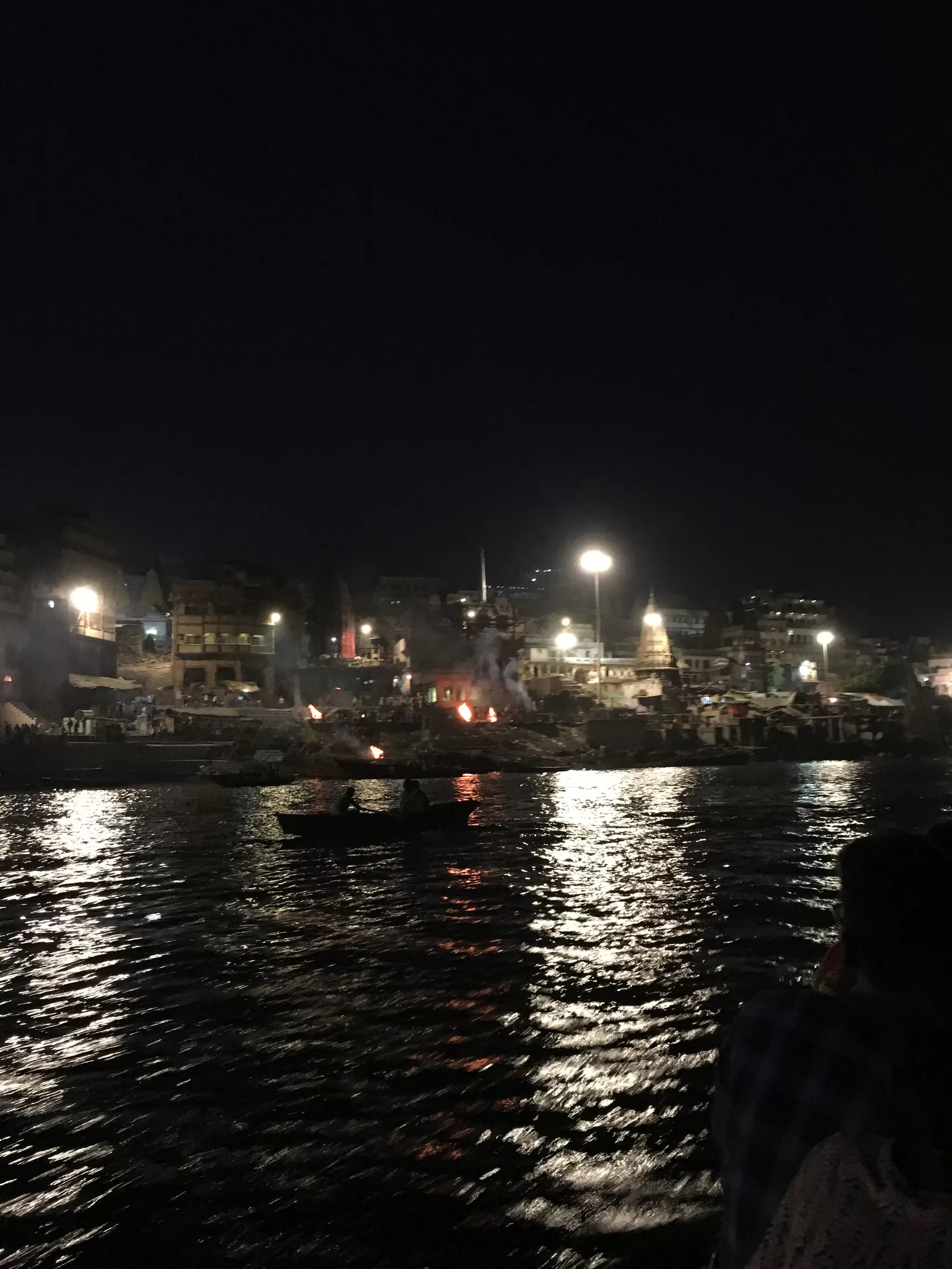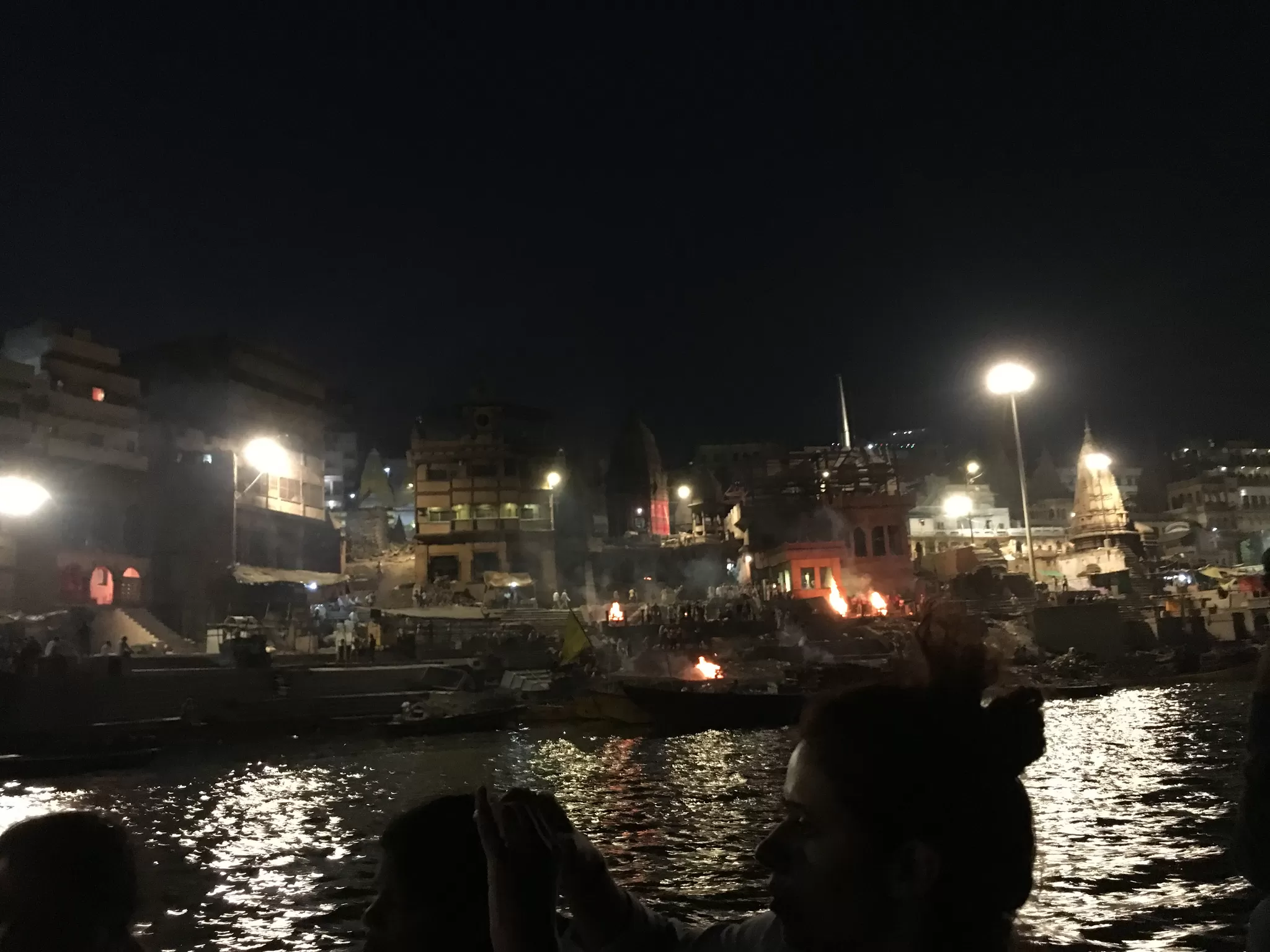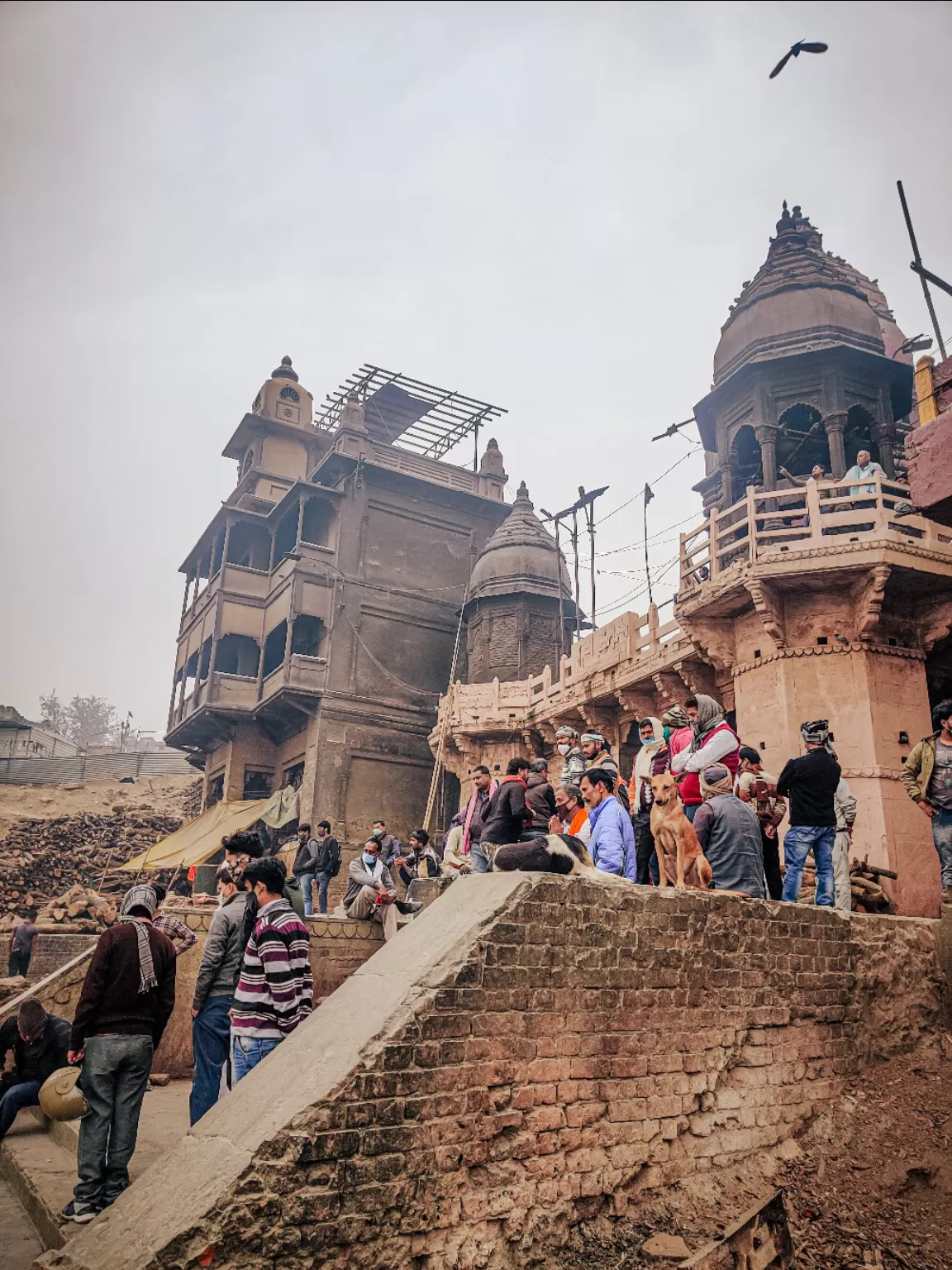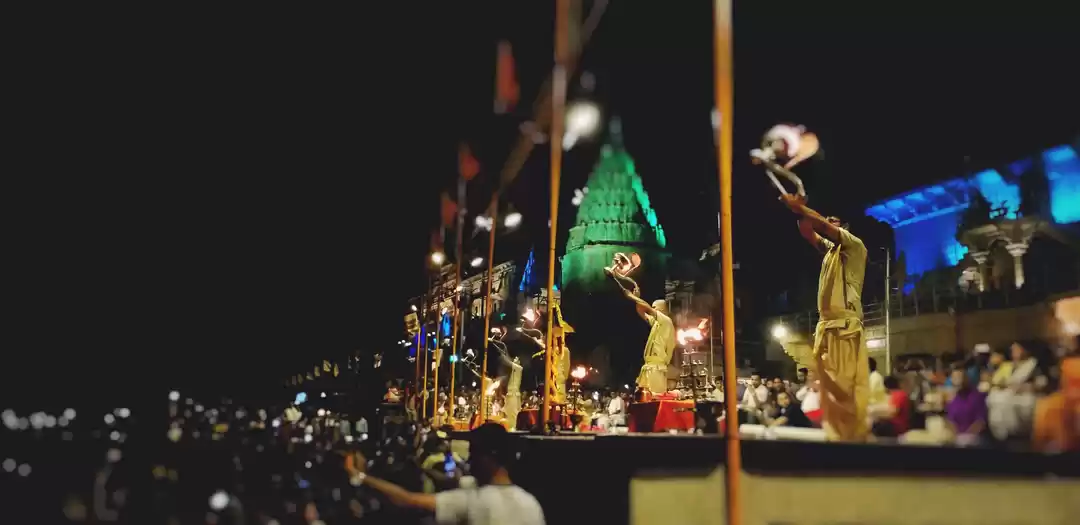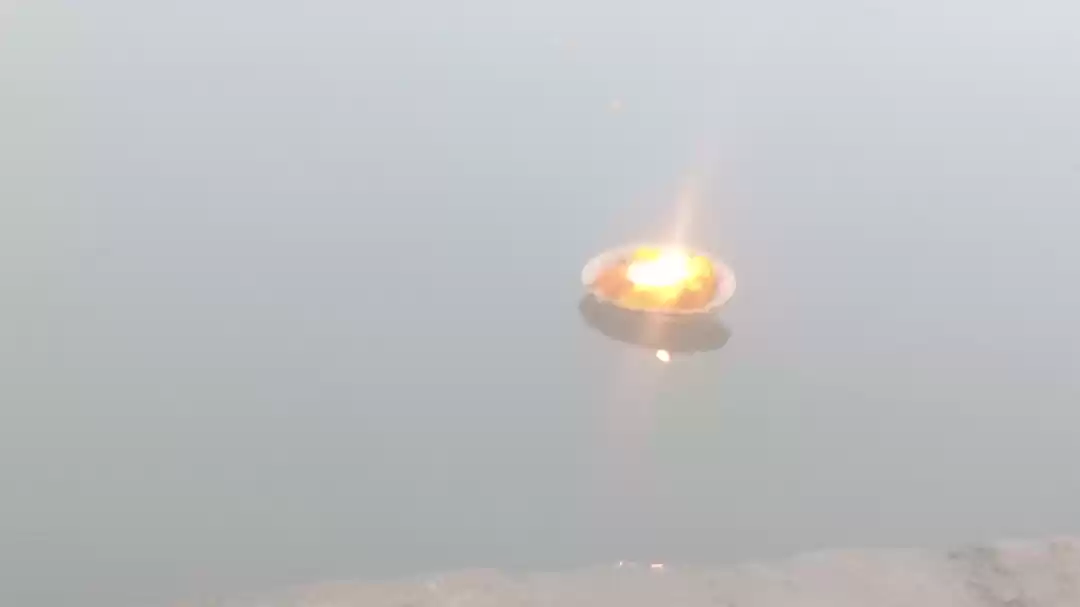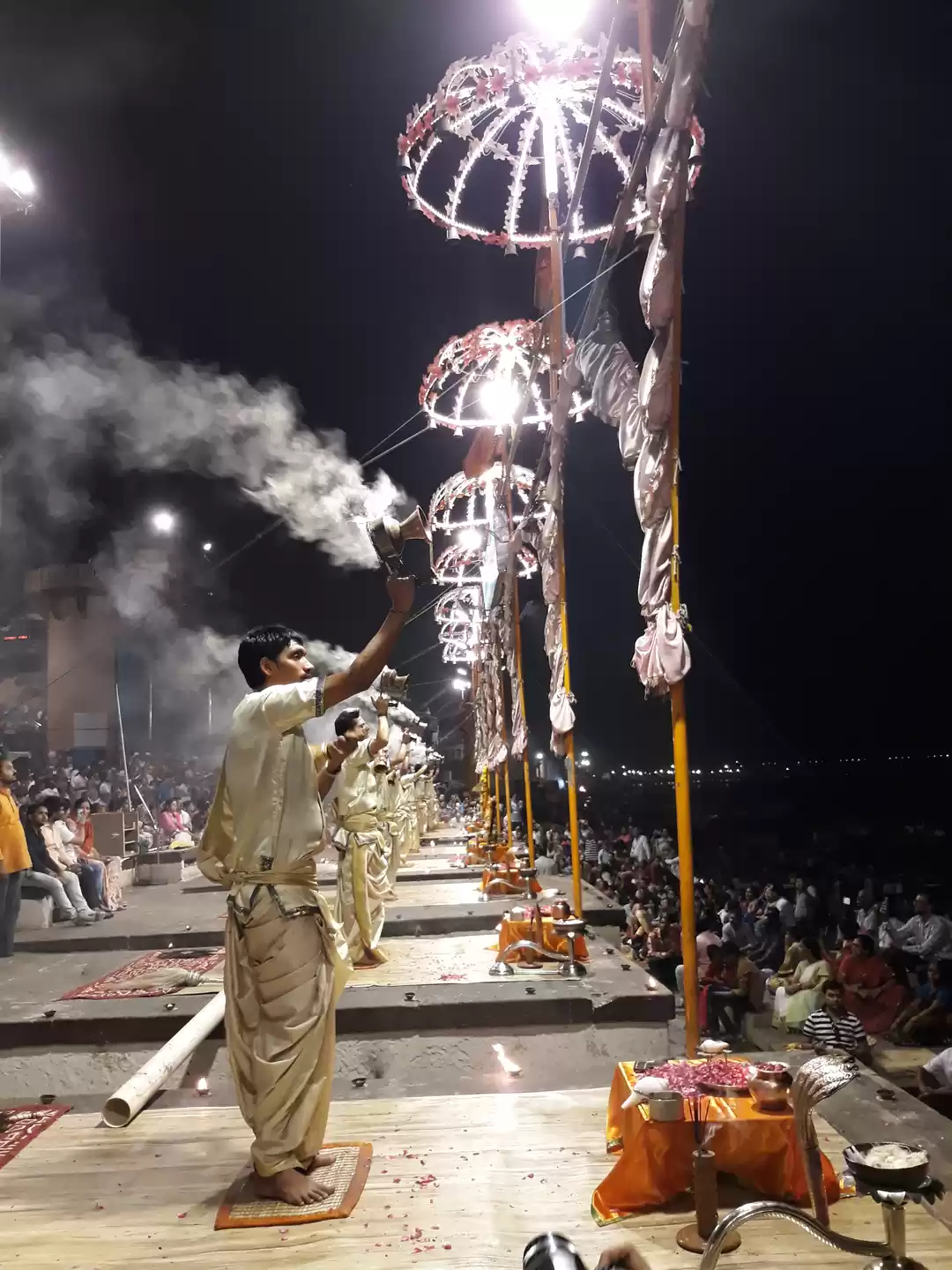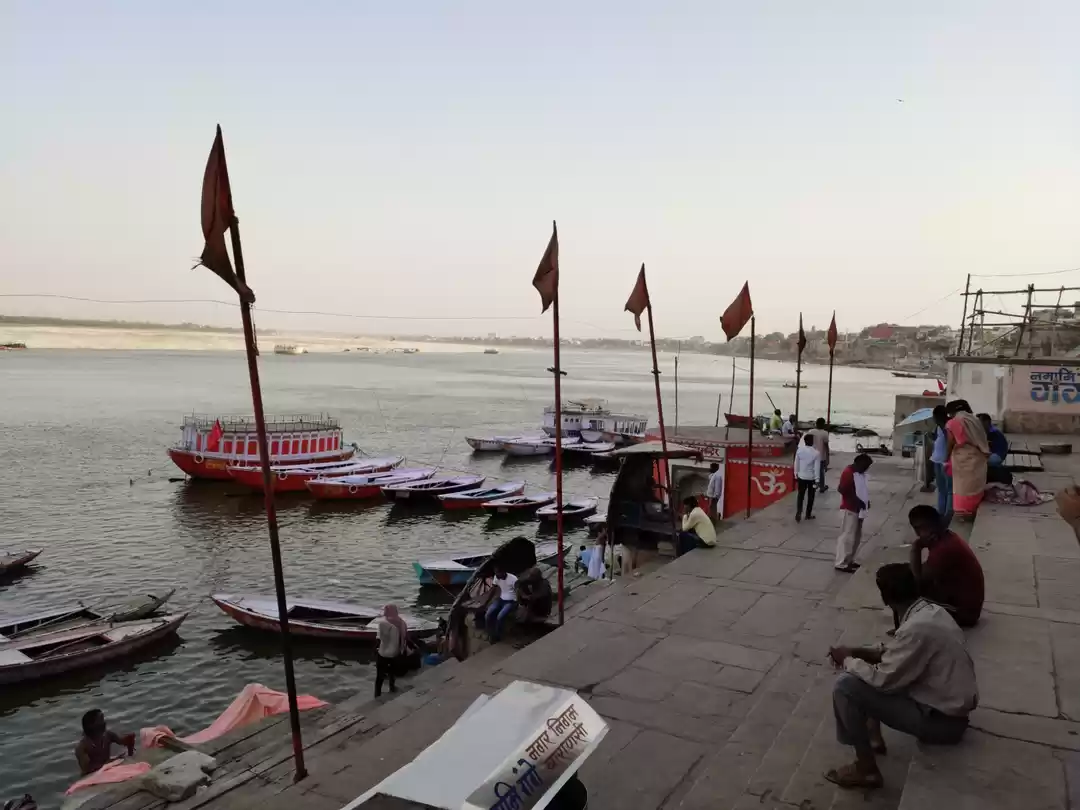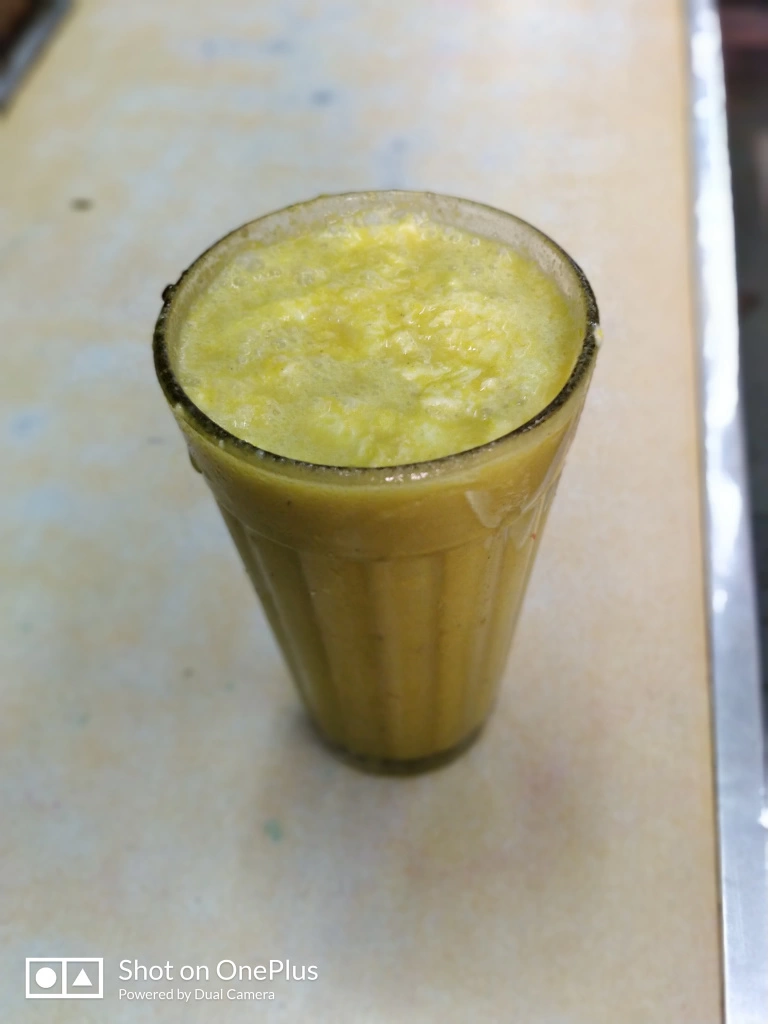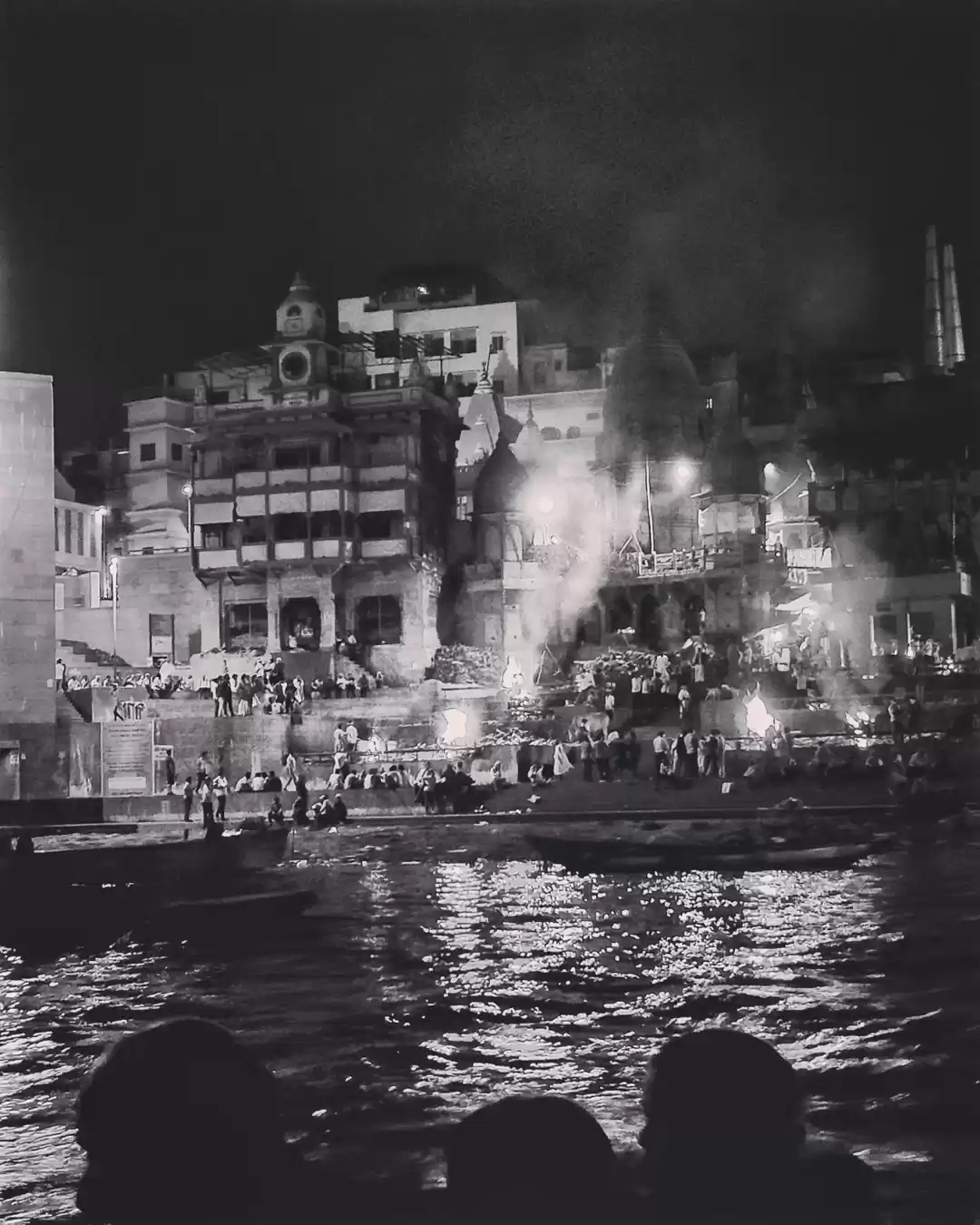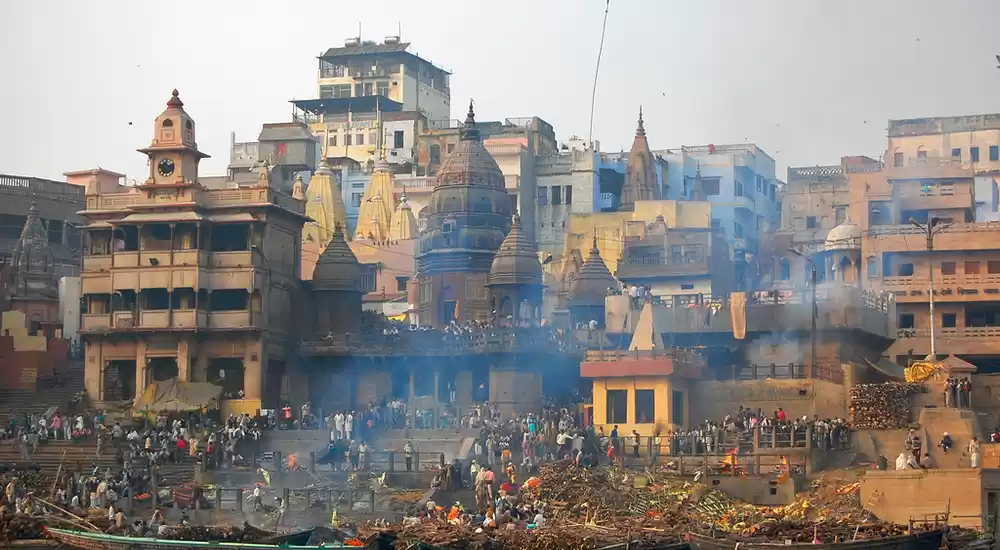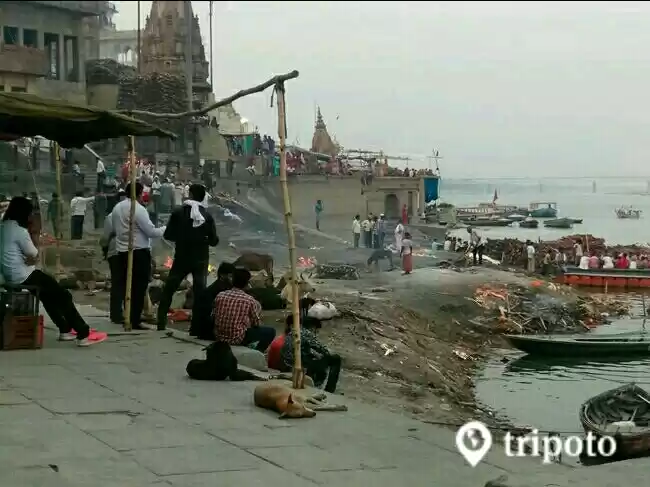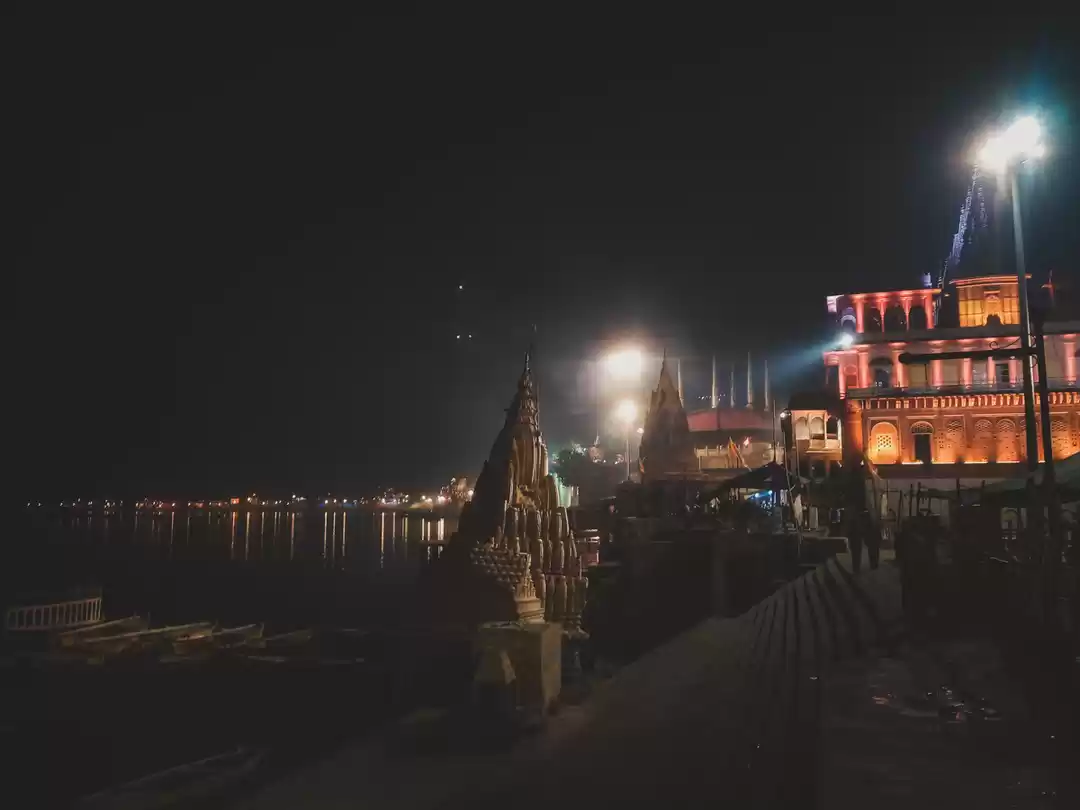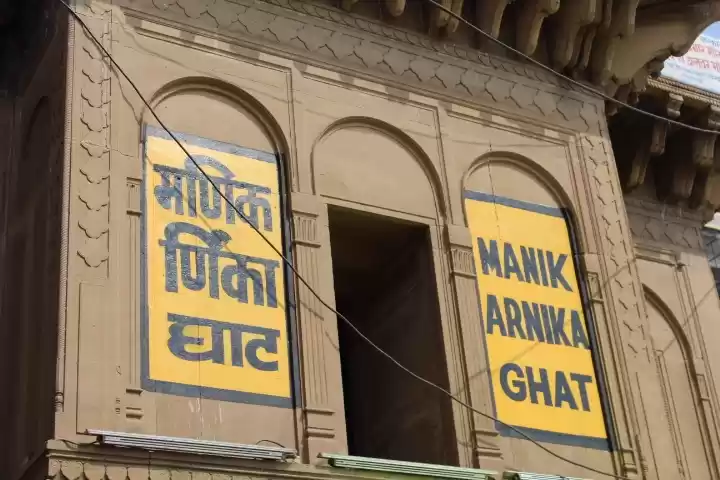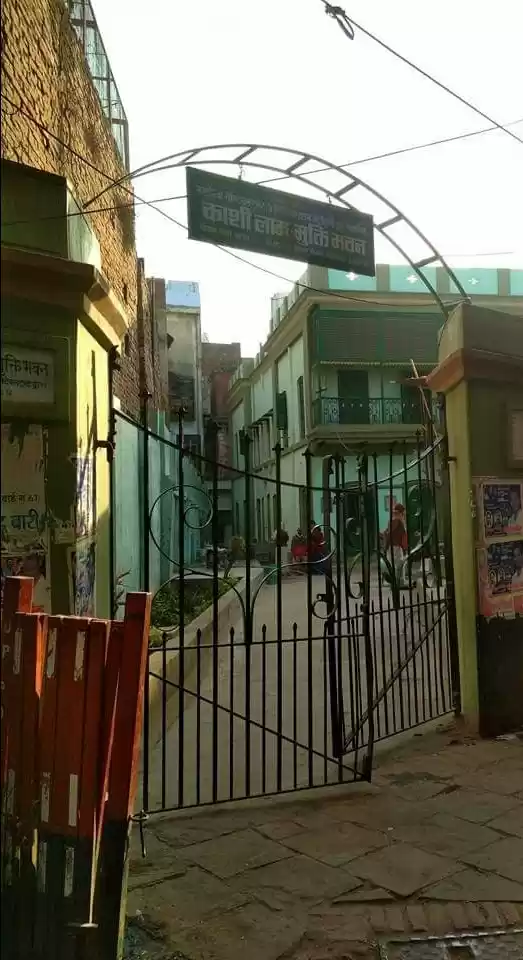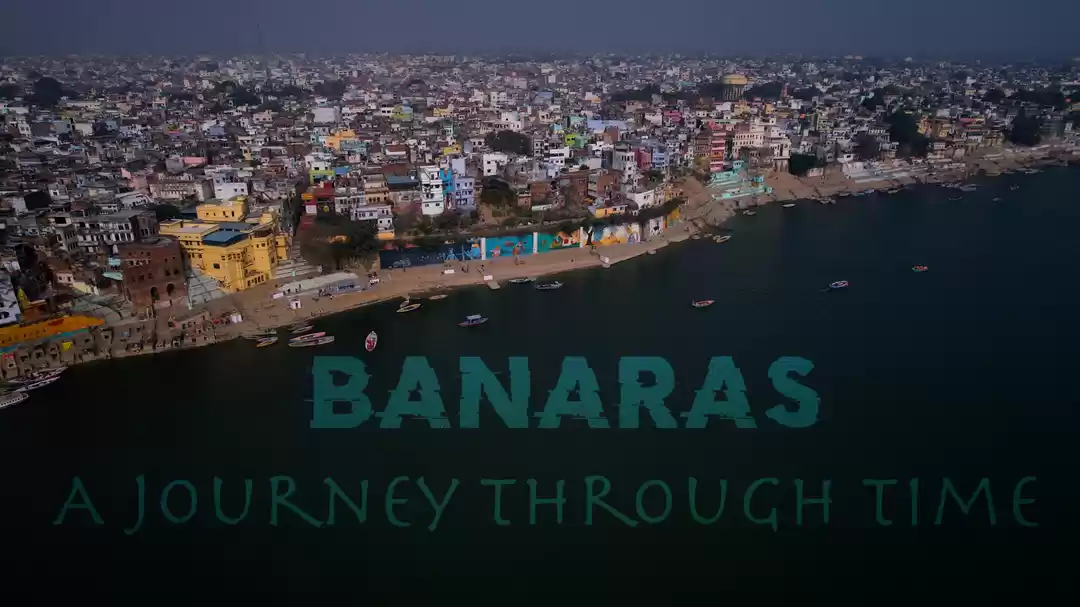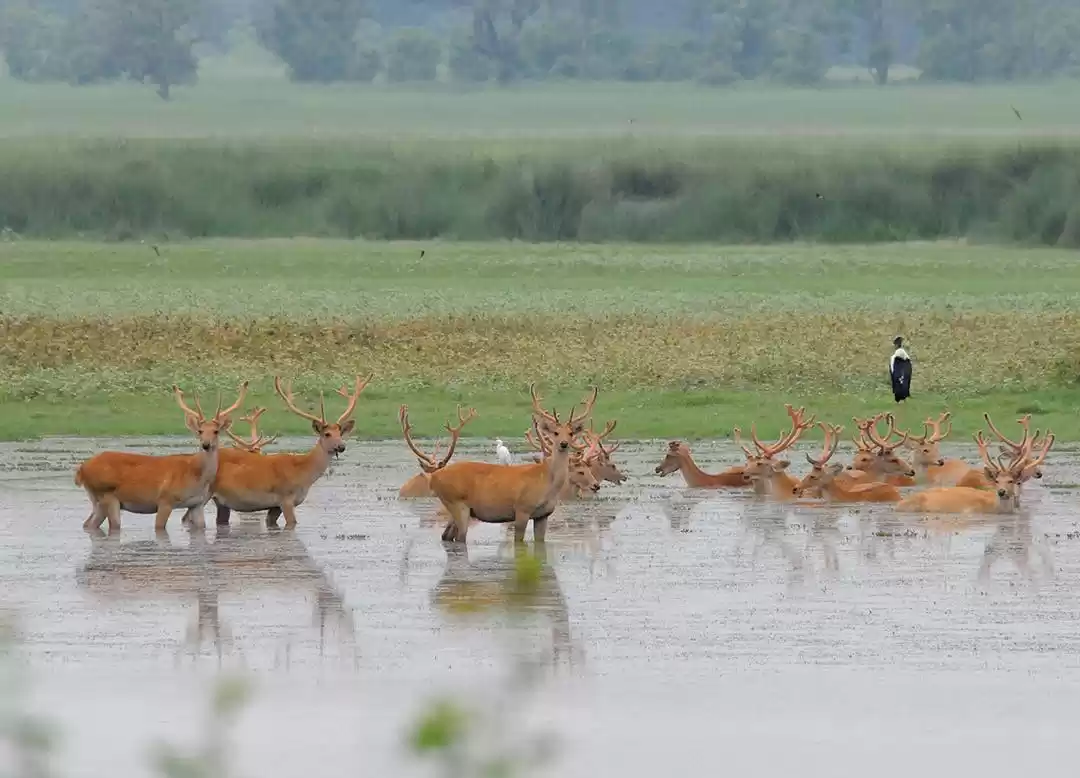Varanasi, the ancient city of India, is known for its spiritual and cultural heritage. The city is dotted with numerous ghats, or steps leading to the holy river Ganga, where pilgrims and tourists flock to perform rituals, prayers, and ceremonies. Among these ghats, one stands out as the most sacred and oldest cremation ground in Varanasi: Manikarnika Ghat.
This ghat is where the dead are brought to be burned on pyres, in the hope of attaining moksha, or liberation from the cycle of rebirth. Manikarnika Ghat is also one of the 51 Shakti Peeths, or places where the body parts of Sati, the consort of Shiva, fell after she immolated herself.
In this article, we will take you on a journey to Manikarnika Ghat and reveal its history, mythology, and culture. We will also guide you on how to visit the ghat and what to expect from the experience. Finally, we will suggest some other attractions and activities near the ghat that you can enjoy on your trip to Varanasi.
The History and Mythology of Manikarnika Ghat
The name Manikarnika means “jeweled earring” and refers to the ear ornament of Sati that fell at this ghat. According to the legend, Sati was the daughter of King Daksha, who despised Shiva and did not invite him to his yagna, or fire sacrifice. Sati, who loved Shiva, went to the yagna anyway, but was insulted by her father. Unable to bear the humiliation, she jumped into the fire and died. Shiva, enraged by the death of his beloved, carried her corpse and started to perform the tandava, or the dance of destruction.
To stop him, Vishnu cut Sati’s body into 51 pieces with his discus, and each piece fell at a different location, creating the Shakti Peeths. At Manikarnika Ghat, Sati’s ear ornament fell, and Vishnu also dug a well with his discus, which is believed to be the source of the Ganga. The well is called Chakra Pushkarini Kund and is considered to be very sacred.
Manikarnika Ghat has a long and rich history, dating back to the ancient times. It is mentioned in the Hindu scriptures, such as the Puranas and the Mahabharata, as a place of great importance and sanctity. It is also associated with the Maratha rulers, who built several temples and structures near the ghat, such as the Tarakeshwara Temple, the Lolarka Kund, and the Manikarnika Tower. The ghat was also a witness to the British colonial era, when it was partially destroyed by the East India Company in 1791. The ghat was later restored by the Maharaja of Jaipur and the Queen of Indore.
The Cremation Rituals and Ceremonies at Manikarnika Ghat
Manikarnika Ghat is the main cremation ground in Varanasi, where hundreds of bodies are burned every day. The ghat is open 24 hours a day, and the fires never stop burning. The ghat is divided into two parts: the upper part, where the regular cremations take place, and the lower part, where the electric cremations take place. The electric cremations are cheaper and faster, but they are considered to be less auspicious than the traditional ones. There are also some special cremations that take place at the ghat, such as those of the sadhus, or holy men, who are buried in the sand instead of being burned, and those of the children, who are wrapped in cloth and floated in the river.

The cremation process at Manikarnika Ghat is a complex and elaborate one, involving several rituals and ceremonies. The process begins with the arrival of the body at the ghat, wrapped in a white cloth and carried on a bamboo stretcher. The body is then dipped in the Ganga, to purify it and wash away its sins. The body is then placed on a wooden pyre, which is lit by the eldest son or the closest relative of the deceased, using a flame from the eternal fire that burns at the ghat. The fire is said to be the fire of Shiva, who presides over the ghat. The pyre burns for about three hours, until the body is reduced to ashes. The ashes are then collected and immersed in the Ganga, or taken to other holy places. The cremation is accompanied by chants, prayers, and offerings, to ensure the smooth passage of the soul to the afterlife.
The cremation rituals and ceremonies at Manikarnika Ghat are a sight to behold, but they are also a sensitive and solemn affair. Therefore, visitors who wish to watch the cremations should follow some etiquette and respect the customs and beliefs of the locals.
Here are some tips and rules to keep in mind when visiting the ghat
1. Dress modestly and cover your head and shoulders
2. Do not take photos or videos of the cremations, as it is considered disrespectful and intrusive
3. Do not touch the bodies or the pyres, as they are considered sacred and untouchable
4. Do not interfere or interrupt the rituals or the ceremonies, as they are very important and sacred
5. Do not ask too many questions or make comments, as it may disturb or offend the mourners
6. Do not show any emotions or reactions, such as crying, laughing, or gasping, as it may be considered inappropriate or insensitive
7. Do not accept any offers or invitations from the touts or the guides, as they may try to scam or exploit you
8. Do not pay any money or donations to anyone, as it is not required or expected
The significance and benefits of being cremated at Manikarnika Ghat are immense, according to the Hindu belief. It is said that those who are cremated at the ghat attain moksha, or liberation from the cycle of rebirth, and escape the endless suffering of samsara, or the worldly existence. It is also said that those who are cremated at the ghat are blessed by Shiva and Vishnu, and join the ranks of the ancestors and the gods. Many famous personalities and saints have been cremated at the ghat, such as Swami Vivekananda, the spiritual leader and reformer, Harishchandra, the legendary king and devotee of Rama, and Lahiri Mahasaya, the yogi and guru.
The Other Attractions and Activities near Manikarnika Ghat
Manikarnika Ghat is not only a place of death, but also a place of life. There are many other attractions and activities near the ghat that you can explore and enjoy on your trip to Varanasi. Here are some of them:
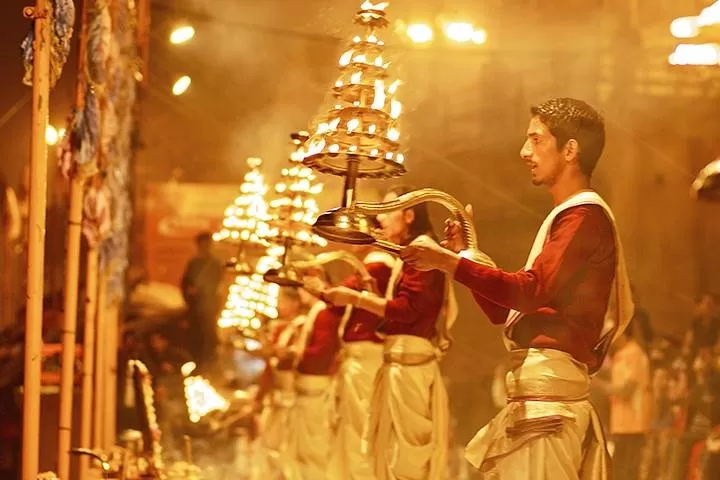
Dashashwamedh Ghat:
This is the most lively and colorful ghat in Varanasi, where the famous Ganga Aarti, or the worship of the river, takes place every evening. The ghat is also a hub of various cultural and religious events, such as festivals, fairs, and performances. You can watch the spectacular show of lights, music, and chants, or join the crowds of pilgrims and tourists who flock to the ghat for a dip in the river or a boat ride.
Kashi Vishwanath Temple:
This is the most sacred and revered temple in Varanasi, dedicated to Shiva, the lord of the city. The temple houses one of the 12 Jyotirlingas, or the self-manifested lingas of Shiva, which are considered to be very powerful and auspicious. The temple is also known for its gold-plated domes and spires, which shine brightly in the sun. You can visit the temple and offer your prayers and offerings to Shiva, or admire the architecture and the art of the temple.
Gyanvapi Mosque:
This is a historic and controversial mosque in Varanasi, built by the Mughal emperor Aurangzeb in 1669. The mosque is said to be built on the site of the original Kashi Vishwanath Temple, which was destroyed by Aurangzeb. The mosque is also said to contain the remnants of the temple, such as the pillars and the walls, which are visible from the outside. The mosque is a symbol of the religious and cultural diversity and conflict of Varanasi, and is a place of worship for the Muslims and a place of curiosity for the others.
There are many tour packages and activities that are offered by UP Tourism or other agencies for visitors to Varanasi and Uttar Pradesh, such as:
Boat ride: This is one of the best ways to experience the beauty and the charm of the ghats and the river. You can take a boat ride in the morning or in the evening, and witness the sunrise or the sunset over the water. You can also see the different rituals and ceremonies that take place at the ghats, such as the bathing, the praying, and the cremating. You can also enjoy the views of the temples, the mosques, and the palaces that line the banks of the river.
Walking tour: This is another way to explore the ghats and the city of Varanasi, by walking through the narrow and winding lanes and alleys that are full of life and activity. You can see the local shops, markets, houses, temples, and mosques that reflect the culture and the history of the city. You can also interact with the locals and learn about their stories and traditions. You can also taste the local cuisine and delicacies, such as the chaat, the lassi, and the paan.
Cultural show: This is a way to experience the art and the entertainment of Varanasi, by watching a cultural show that showcases the music, dance, and drama of the city. You can watch the classical and folk performances, such as the Kathak, the Thumri, and the Ramlila, that are based on the Hindu epics and legends. You can also enjoy the modern and contemporary shows, such as the stand-up comedy, the rock concert, and the puppet show, that are inspired by the current trends and issues.
Some practical information and tips on how to visit the ghat and the other attractions
- The best time to visit Varanasi and Manikarnika Ghat is from October to March, when the weather is pleasant and the festivals are abundant. Some of the festivals that you can witness are the Diwali, the Dev Deepawali, the Holi, and the Maha Shivaratri.
- The cost of visiting the ghat and the other attractions depends on the mode of transportation, the type of accommodation, and the kind of activities that you choose. You can find a range of options, from budget to luxury, to suit your preferences and needs. You can also book online or offline, through UP Tourism or other agencies, to get the best deals and discounts.
- The duration of visiting the ghat and the other attractions depends on your interest and availability. You can spend as little as an hour or as long as a day at the ghat, depending on how much you want to see and learn. You can also spend a few days or a week in Varanasi, depending on how many places you want to visit and how many activities you want to do.
Manikarnika Ghat is a place that will leave you with a lasting impression and a profound insight into the cycle of life and death. It is a place that will challenge your beliefs and perceptions, and make you appreciate the value and the meaning of existence. It is a place that will connect you with the history, mythology, and culture of Varanasi, and make you feel the presence and the power of the divine. If you are looking for a unique and unforgettable experience, then you should visit Manikarnika Ghat and witness the eternal flame of Shiva.
If you are interested in visiting Manikarnika Ghat and exploring the other attractions and activities near the ghat, then you can book your tour packages or contact us for more details.
We will provide you with the best service and guidance, and make your trip to Varanasi a memorable one. Thank you for reading this article and we hope to see you soon.






